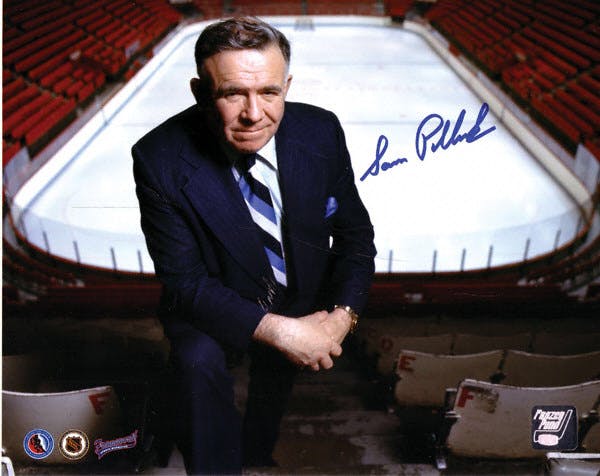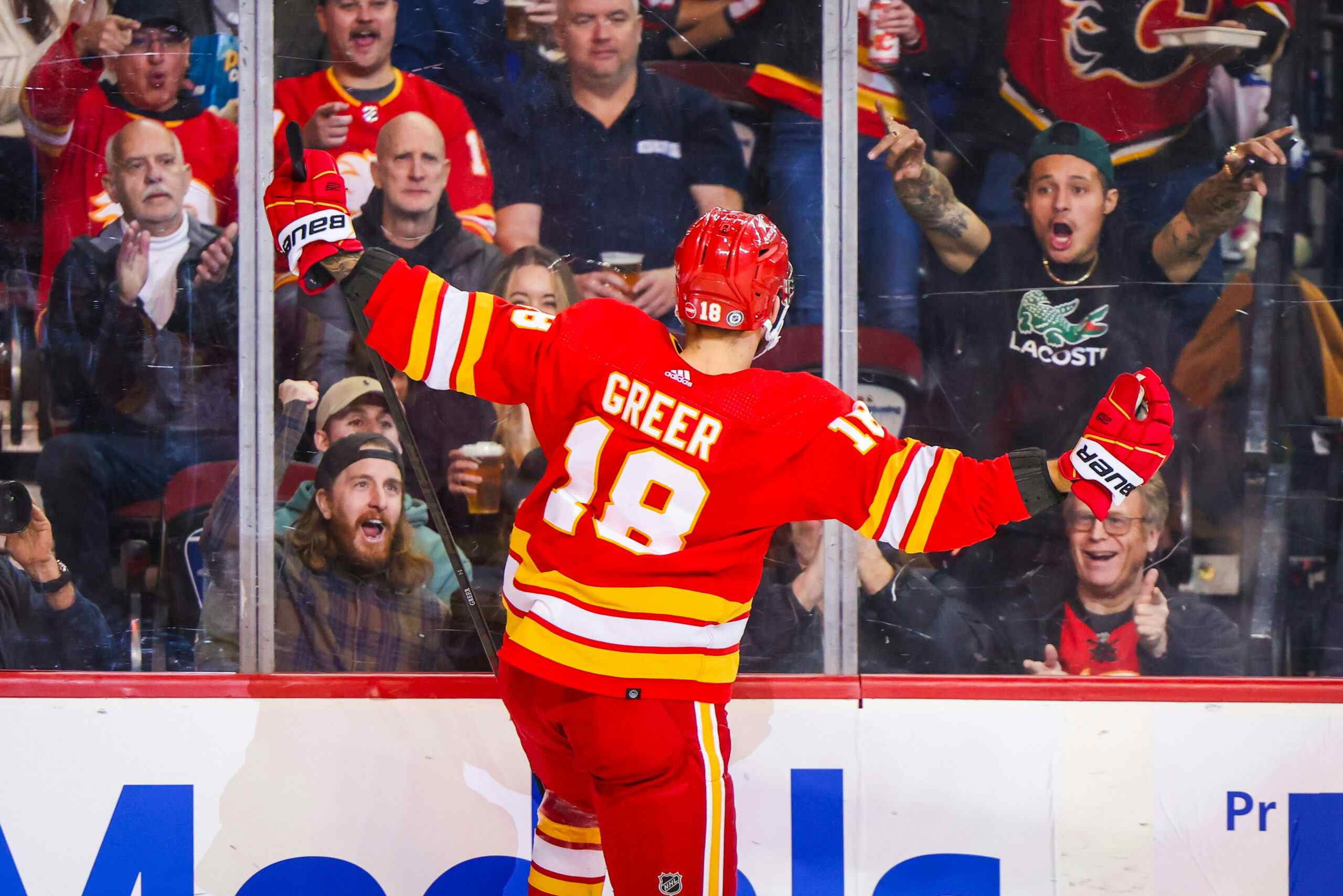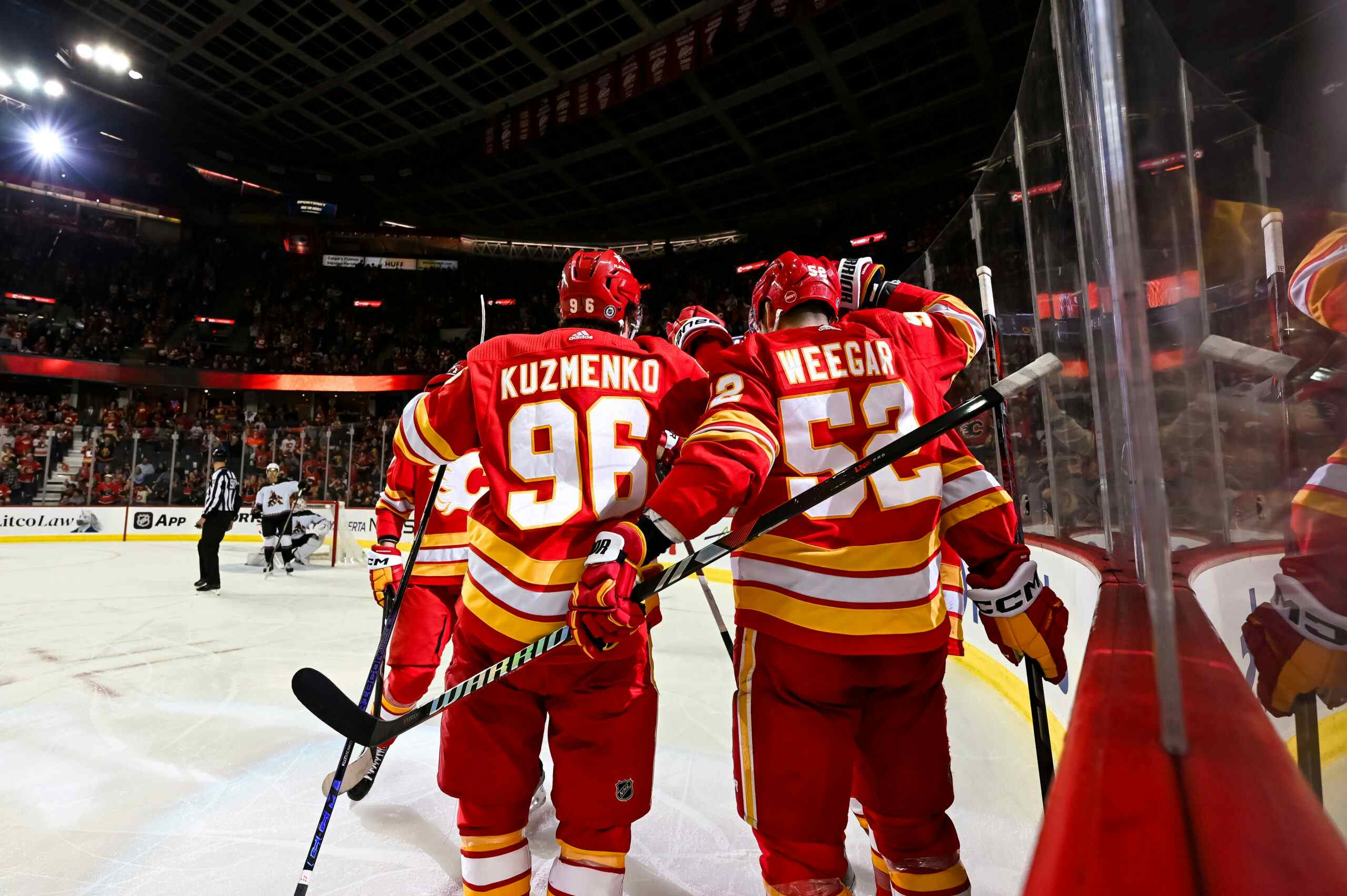On Rebuilding and such
By Kent Wilson
13 years ago
While the Flames are still battling the fates to squeak into the playoffs, the topic of trading major assets and going into "full rebuild mode" currently dominates most Flames fans discussion. From sports radio to twitter, the real concern is for what the team is going to do beyond this season.
The poll at right suggests a majority of fans is ready for scorched earth: tear it all down, trade any and all marketable assets, gather the futures and begin again. There are, of course, risks associated with such a strategy: there’s absolutely no guarantee that tanking for draft position and moving players for picks will garner you a future Sidney Crosby or Alexander Ovechkin. Patrik Stefan isn’t a guy you want to stake the future of your franchise on, for instance. What’s more, rebuilding properly requires more than simply acquiring notable kids in the draft. The outfit up north probably has three of the best forward prospects under 21 in the league right now. However, the comic duo of Tambo and Lowe still have to prove they can competently build around their various pillars in order to drag the Oilers out of the basement. If all it took to make an elite NHL roster was to suck hard for awhile, well…the NY Islanders would be a juggernaut.
I am, of course, painfully aware of the Flames current predicament having tirelessly cataloged the previous regimes various failings: no cap space, aging roster, limited prospects, bad contracts throughout etc. I’d like to emphatically deny a couple of things at this juncture however:
1.) That the rebuild necessarily be of the "scorched earth" variety
2.) That trading one or more of the perceived core of the club represents the aforementioned.
I’ll posit here that "rebuilding" doesn’t have to equate stripping a club to it’s foundation. It is only perceived as such because the highest profile "rebuilders" engage in the great purges and purifications. Often because they have no alternative – they are terrible in whatever iteration they take, meaning there is nothing to lose from napalming the roster. The Oilers were a cap team last year after all. The scorched earth narrative/strategy was only deployed when it became clear that Tambellini had assembled the worst team in the league by accident.
The Flames, with all their faults, aren’t the Oilers. They battled for the playoffs this year and last and probably will next season. They are competitive if not favorites. There are quality players here of all stripes and at various positions. It’s true there’s no real marked improvement to be assumed going forward, but the club is miles away from falling off a cliff as well.
A rebuild, therefore, may be able to proceed in a gradual, step-wise fashion. Prune the bad contracts where possible and replace them with better value ones. Play and promote notable prospects in a manner that puts them in an environment to succeed and ensures development. Finally, consider which big contracts have the most value in the market and contemplate dealing them for returns. This can occur in a slow, measured fashion wherein returns are maximized and mistakes avoided or limited. Meaning: the Flames don’t have to trade Iginla et al. all at once, nor do they have to move them simply for the sake of change. But they should certainly entertain meaningful offers.
The reluctance to move Iginla at al. springs from the apparent void their absence would cause in the line-up. One question I’m often asked when discussion trading Kiprusoff, for example, is – "who would you replace him with"? This, of course, is a query emotionally loaded with all that Kipper has meant and accomplished as a Calgary Flame: the 2004 cup run, a Vezina trophy and countless highlight reel saves. That all seems irreplaceable. The mind panics when contemplating a future without Kipper in net. Like stepping into a car without brakes.
The truth is, what Kiprusoff has done as Flame will never change – his accomplishments remain indelibly burned into our collective consciousness and inscribed in the past. However, what he was shouldn’t be confused with what he is currently: a 34-year old goalie with a couple of years left on his his contract and a mediocre save rate in three of his last four seasons. He costs the club more than $5M in cap space a season. The goalie market is saturated and plentiful. Replacing Kipper’s past results is impossible. They remain fixed. His current results and likely those he’ll manage as he approaches retirement are another matter entirely.
The same is – or will be – true of Iginla and Regehr now or at some point in the near future. The Flames organizational cornerstones are capable enough players, but past their prime and are no longer nodes to build around. They are big money deals more than core players at this point. "Five Dollar milkshakes" to use an old short-hand concept. Their pasts are immovable, irreplacable, but their futures are not. Dealing all of them is certainly not a necessity going forward. Nor, though, is keeping all of them.
"People build teams in certain ways. I’ve always traded for futures – not pasts." Said Sam Pollock, the architect of the Canadiens dynasty. He wasn’t talking about "the fall for Hall" or any other version of tanking either. Few GM’s in league history struck the balance between grooming players to their peak and then leveraging their resumes for notable returns (all while maintaining the club’s ability to win games) like Pollock.
As such, I think there’s a mid-point between status quo and scorched earth. It’s that sort of balance I’d like to see the organization strike going forward.
Recent articles from Kent Wilson





